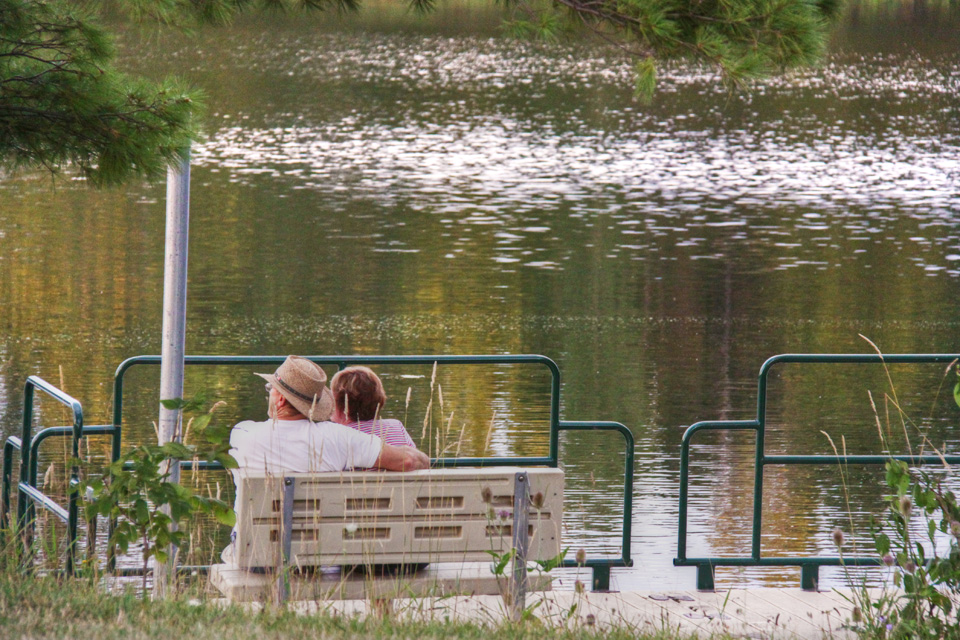Skin cancer, the most common type of cancer, is on the rise in Canada in the population over 50. More than 80,000 cases are diagnosed in Canada each year, 5,000 of which are melanomas. But many skin cancers are treatable and most certainly preventable.
Risk Factors for Skin Cancer
- Unprotected prolonged exposure to sunlight (UV radiation)
- Indoor tanning beds
- Light natural skin color
- A family history of skin cancer
- A history of sunburns in early life
- Blue or green eyes
- Blond or red hair
- A large number of moles
Prevention
- Use a sunscreen with a SPF (sun protection factor) of at least 30; also look for broad-spectrum
(this will protect again UVA and UVB radiation) - Apply sunscreen 20 minutes before exposure, every 2 hours and after swimming or sweating
- Apply after moisturizer and before makeup.
- Wear a wide-brimmed hat during sun exposure and clothing that covers arms and legs.
- Wear sunglasses that wrap around the eyes and block both UVA and UVB rays.
Early Detection
Check skin for moles regularly using the ABCDE method:
- Asymmetry – consider uneven moles a warning sign
- Border – smooth is ok, uneven edges are bad
- Colour – one shade is fine, two or more is cause to call the doctor
- Diameter – larger than 6mm (the size of a pencil eraser) – check it out
- Evolution – if a mole changes over time in size, colour or shape or is itchy, tender or bleeding
see the doctor
The Canadian Skin Cancer Foundation recommends tanning beds be avoided. In 2009, the World Health Organization declared indoor tanning “carcinogenic to humans”. They are also not an effective or safe means of obtaining Vitamin D.
The hours between 10 a.m. and 4 p.m. are most hazardous for UV exposure, stay in the shade during mid-day hours or wear proper protection. Fair-skinned seniors over 65 and people with atypical moles or more than 50 moles are at greater risk for melanoma. Visit your doctor if you notice any of the ABCDE warning signs.






Add Your Voice
0 Comments
Join the Discussion